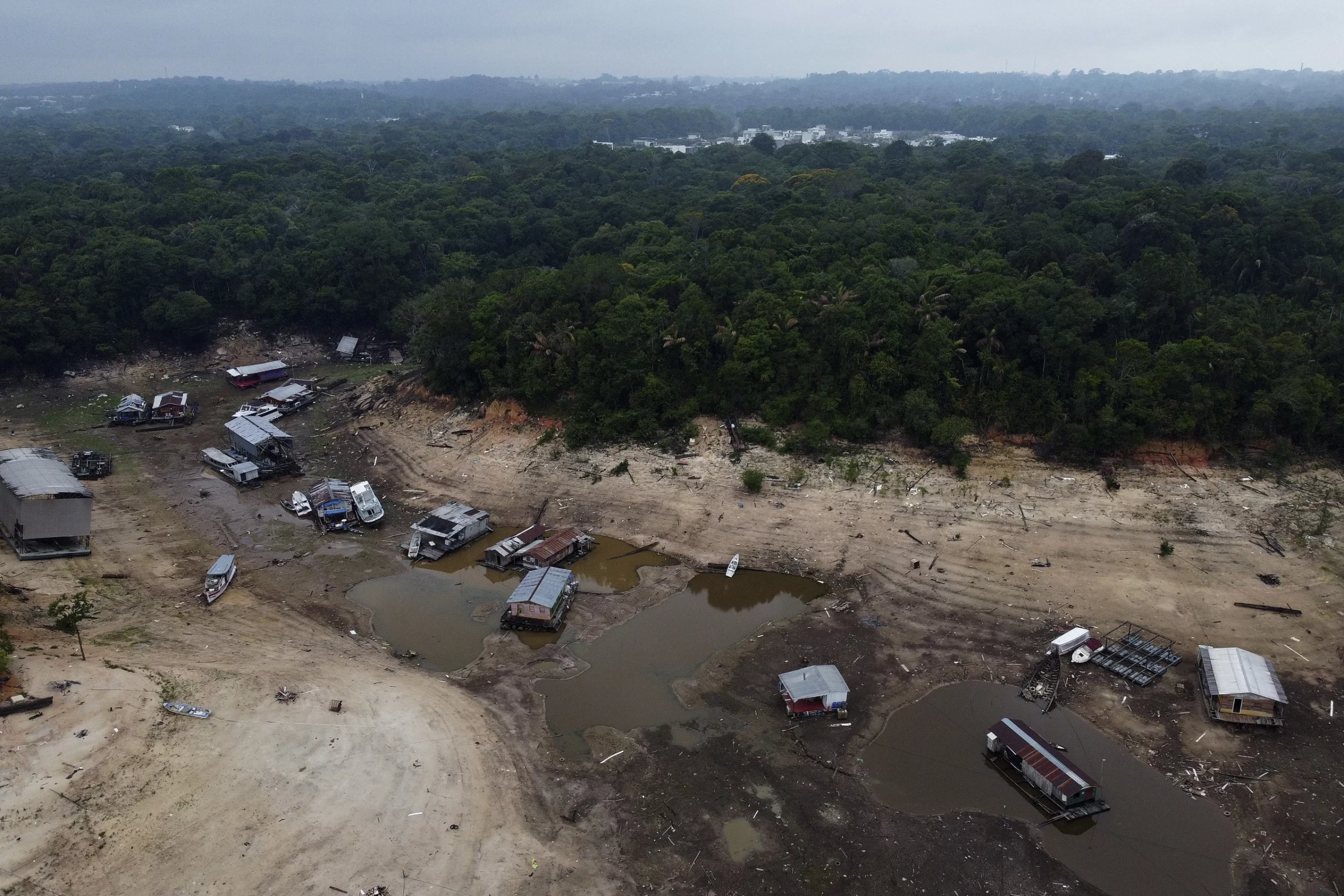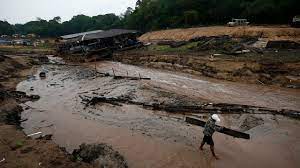Effect on the Negro River
At the port near Manaus, the water level of the Negro River dropped to a staggering low of 13.5 meters (44.3 feet), which is a substantial decrease from the record high of 30.02 meters (98.5 feet) observed in June 2021. The Negro River plays a crucial role in draining about 10% of the entire Amazon basin, making it the sixth-largest river in the world in terms of water volume.
The sharp decline in the water level of the Negro River is a cause for concern. This situation has resulted in various consequences for the local ecosystems and communities dependent on the river for their livelihood. The reduced water flow affects the region’s biodiversity, fisheries, and transportation activities.
Implications for the Amazon Rainforest
The current drought in the Amazon rainforest has alarming implications for the overall health of this vital ecosystem. The record low levels of the Negro River and other tributaries indicate a significant imbalance in the region’s water cycle, disrupting the delicate equilibrium that sustains the rainforest.
The prolonged drought weakens the rainforest’s ability to provide essential ecosystem services. The reduced water availability affects vegetation growth, making the forest more susceptible to wildfires. Moreover, the decline in water levels hampers the reproduction and survival of aquatic species, significantly altering the biodiversity of the region.
Climate Change and Deforestation
The unprecedented drought in the Brazilian Amazon is not an isolated event but part of a larger pattern driven by climate change and deforestation. The clearing of land for agricultural purposes and illegal logging disrupts the natural hydrological cycle, leading to decreased rainfall and increased vulnerability to drought.
As the world grapples with the consequences of climate change, it is critical to address the underlying causes. So, encouraging sustainable land-use practices and supporting initiatives that promote reforestation are crucial steps towards mitigating the devastating effects of droughts within the Amazon rainforest.
In conclusion, the record-low water levels in the Negro River and the wider drought in the Brazilian Amazon are alarming reminders of the fragility of our planet’s ecosystems. Finally, immediate action is needed to combat the root causes of climate change and deforestation to safeguard the future of the Amazon rainforest and the communities that rely on it.




